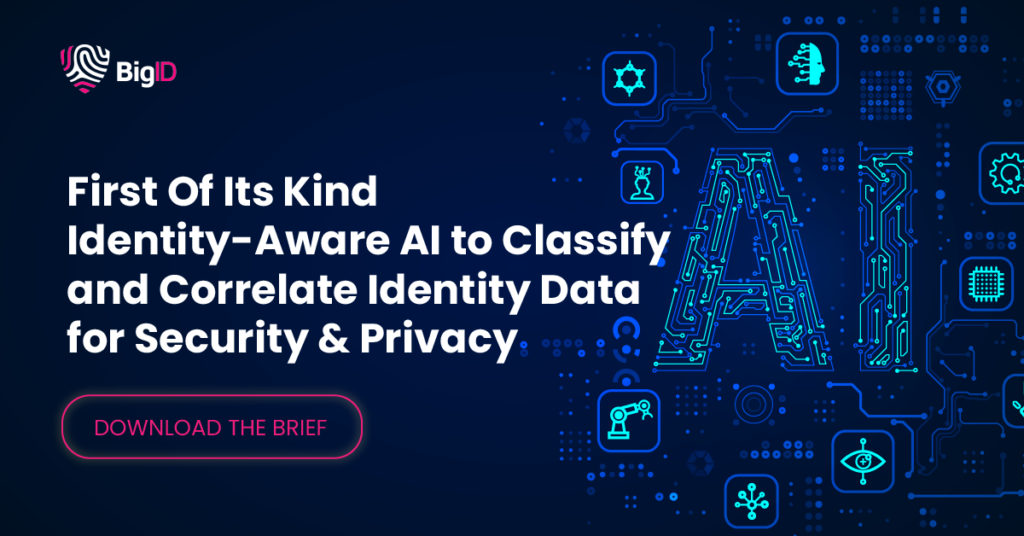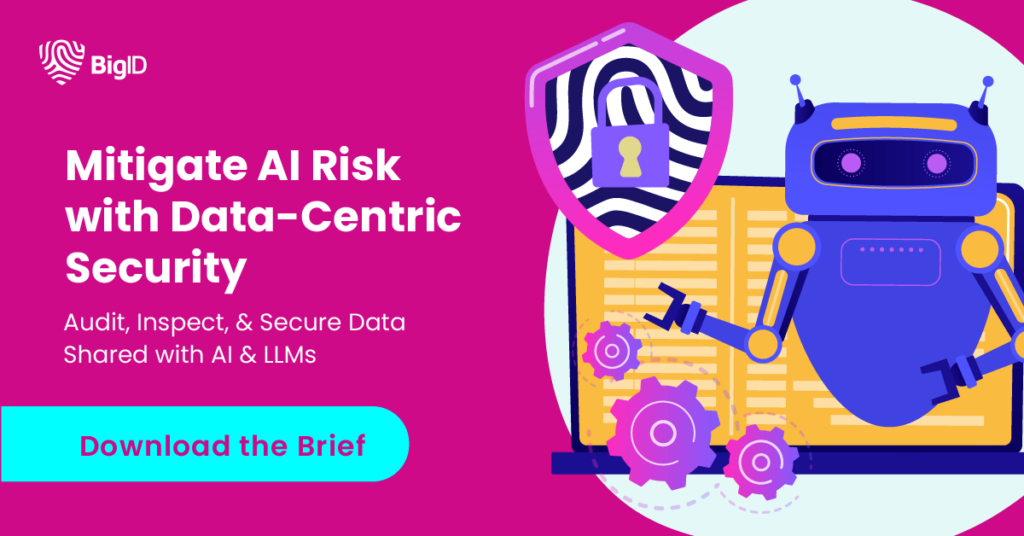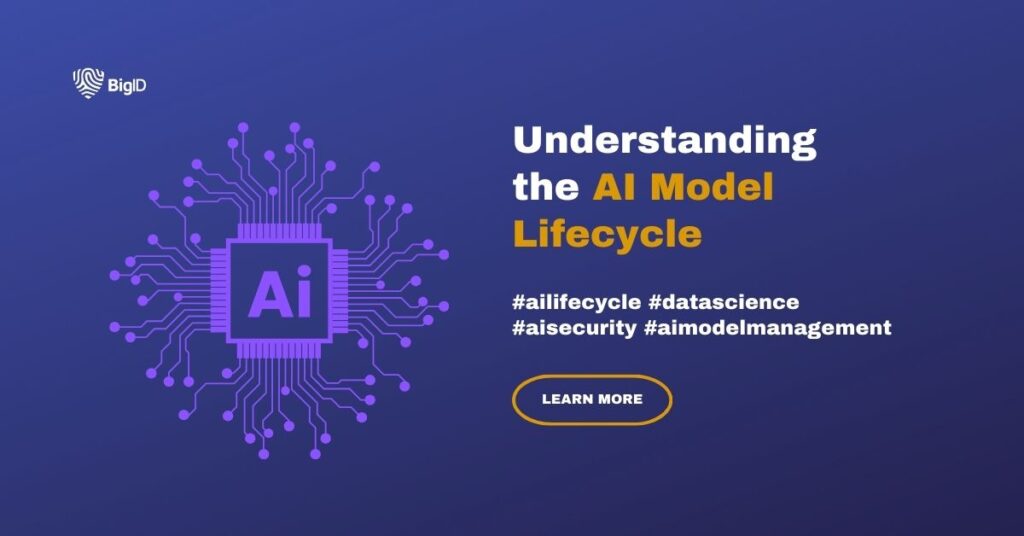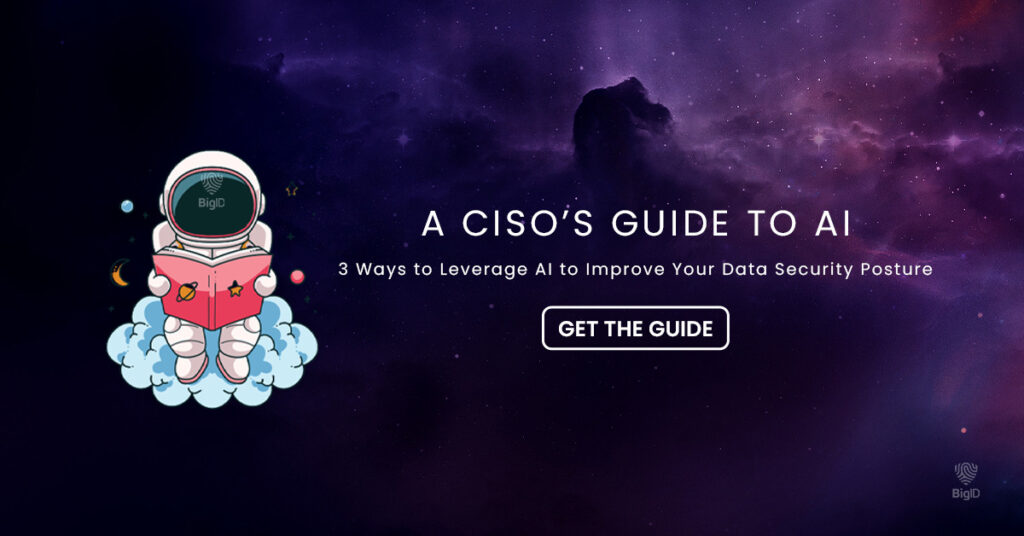What is the AI Lifecycle?
The AI lifecycle encompasses the complete process of developing and deploying artificial intelligence systems. It starts with data collection and moves through stages such as data preprocessing, model training, evaluation, deployment, and ongoing monitoring and maintenance. Understanding this lifecycle is crucial for grasping how AI systems come to life and continuously improve.
Importance of the AI Lifecycle
The AI lifecycle is vital because it ensures the development of reliable and accurate AI systems. By following a structured process, developers can create models that are robust, scalable, and capable of adapting to new challenges. This lifecycle helps mitigate risks, enhance performance, and ensure the ethical use of AI.
Stages of the AI Lifecycle
Data Collection
Data collection is the foundational step where raw data is gathered from various sources such as sensors, databases, user interactions, and external datasets. The quality and quantity of the data collected are critical as they directly impact the performance of the AI model.
Processes:
- Identifying Data Sources: Determining where and how to collect the data, whether it’s from internal databases, public datasets, APIs, or direct user inputs.
- Data Acquisition: Using tools and techniques to gather the data, which may include web scraping, data logging, or integrating with data streams.
- Ensuring Data Quality: Verifying the relevance, accuracy, completeness, and timeliness of the data collected.
High-quality data is essential for training robust AI models. Poor data quality can lead to inaccurate predictions and unreliable AI systems.
Data Preprocessing
This stage involves transforming raw data into a clean and usable format. It is critical for eliminating noise, handling missing values, and normalizing data to improve the efficiency and accuracy of the AI model.
Processes:
- Data Cleaning: Removing or correcting errors, inconsistencies, and duplicates in the data.
- Data Transformation: Converting data into a suitable format or structure, such as scaling numerical values, encoding categorical variables, and creating new features.
- Data Integration: Combining data from different sources to create a unified dataset.
- Data Reduction: Simplifying the dataset by reducing the number of features or instances while retaining the essential information.
Preprocessed data leads to more effective training and ensures that the AI model performs well in real-world scenarios.
Model Training
Model training is the core phase where the AI algorithm learns from the preprocessed data. During this stage, the model identifies patterns and relationships within the data to make predictions or decisions.
Processes:
- Selecting Algorithms: Choosing appropriate machine learning or deep learning algorithms based on the problem type (e.g., classification, regression, clustering).
- Training the Model: Feeding the preprocessed data into the algorithm and adjusting the model’s parameters to minimize errors and improve performance.
- Hyperparameter Tuning: Optimizing the settings of the learning algorithm (e.g., learning rate, batch size) to enhance the model’s accuracy and efficiency.
Effective model training is crucial for developing AI systems that can generalize well to new, unseen data.

Model Evaluation
Model evaluation involves testing the trained model on a separate set of data (validation or test data) to assess its performance and reliability. This step helps in identifying any issues and determining the model’s readiness for deployment.
Processes:
- Performance Metrics: Using metrics like accuracy, precision, recall, F1-score, and AUC-ROC to evaluate the model’s performance.
- Validation Techniques: Employing methods such as cross-validation, k-fold validation, and holdout validation to ensure robust evaluation.
- Error Analysis: Analyzing misclassifications or prediction errors to understand where and why the model may be failing.
Proper evaluation ensures that the AI model meets the desired performance standards and is reliable enough for real-world applications.
Deployment
Deployment is the process of integrating the trained AI model into a production environment where it can start making predictions or decisions on new data in real-time or batch mode.
Processes:
- Integration: Embedding the model into existing systems, applications, or platforms using APIs, containers, or other deployment mechanisms.
- Scaling: Ensuring that the deployed model can handle the required load and scale efficiently with increasing data or user demands.
- Monitoring: Setting up tools to continuously monitor the model’s performance, latency, and resource usage in the production environment.
Deployment makes the AI model operational, allowing businesses and users to benefit from its capabilities in real-world scenarios.
Monitoring and Maintenance
Continuous monitoring and maintenance involve tracking the model’s performance over time and making necessary updates or adjustments to ensure it remains effective and relevant.
Processes:
- Performance Monitoring: Regularly checking the model’s accuracy, precision, and other performance metrics to detect any degradation.
- Model Retraining: Periodically retraining the model with new data to adapt to changing conditions or trends.
- Issue Resolution: Identifying and fixing any bugs, errors, or unexpected behaviors that arise during the model’s operation.
Ongoing monitoring and maintenance ensure the long-term success and reliability of the AI model, preventing issues such as model drift or performance decay.

Each component of the AI lifecycle is crucial for building, deploying, and maintaining effective AI systems. From data collection to monitoring, every stage plays a role in ensuring the AI model is accurate, reliable, and capable of delivering value in real-world applications. Understanding these components helps in appreciating the complexity and effort involved in creating successful AI solutions.
The Evolution of Artificial Intelligence
AI is becoming an integral part of our everyday lives, often without us even realizing it. Here’s how:
- Personal Assistants: AI-powered assistants like Siri, Alexa, and Google Assistant help us manage our schedules, answer questions, and control smart home devices.
- Healthcare: AI systems assist in diagnosing diseases, recommending treatments, and even predicting outbreaks by analyzing vast amounts of medical data.
- Transportation: From ride-sharing apps to autonomous vehicles, AI optimizes routes, enhances safety, and improves the overall travel experience.
- Entertainment: Streaming services like Netflix and Spotify use AI to recommend shows, movies, and music based on our preferences.
AI Lifecycle Example – Enhancing Fraud Detection in Financial Services with AI
Problem
Financial fraud causes significant losses for banks and consumers, with traditional methods often failing to catch sophisticated fraud in real-time.
Goal
Develop a real-time AI system to accurately detect fraudulent transactions, reduce losses, and improve customer trust.
AI Lifecycle Approach
Data Collection
- Partner with financial institutions for transactional data.
- Ensure data quality and compliance (e.g., GDPR).
- Example: Collect anonymized data from multiple banks, including transaction details and fraud indicators.
Data Preprocessing
- Clean, normalize, and integrate data.
- Use dimensionality reduction for efficiency.
- Example: Prepare and unify transaction data for analysis.
Model Training
- Select algorithms (e.g., random forests, RNNs).
- Train and tune models on transaction data.
- Example: Train a gradient boosting model to detect fraud patterns.
Model Evaluation
- Assess using precision, recall, and AUC-ROC.
- Apply cross-validation and error analysis.
- Example: Achieve high accuracy with an AUC-ROC of 0.98.
Deployment
- Integrate the model into the bank’s system via APIs.
- Ensure scalability and real-time monitoring.
- Example: Deploy the AI model for real-time fraud analysis.
Monitoring and Maintenance
- Regularly monitor and retrain the model.
- Address performance issues promptly.
- Example: Implement quarterly retraining with new data to maintain accuracy.
By following this structured AI lifecycle, banks can develop and maintain robust fraud detection systems, reducing financial losses and enhancing customer trust.
Future of AI Lifecycle Management
As AI continues to evolve, its role in managing sensitive data will become increasingly significant. Here’s what to expect:
- Enhanced Security: AI can detect and respond to security threats in real-time, providing robust protection against cyberattacks.
- Data Privacy: Advanced AI algorithms will improve data anonymization techniques, ensuring that personal information is protected while still being useful for analysis.
- Compliance: AI will assist in maintaining compliance with data protection regulations by automating the monitoring and reporting processes.
- Efficient Data Handling: AI will streamline data management tasks, such as classification and retrieval, making it easier to handle large volumes of sensitive information.
BigID’s Approach to AI Model Lifecycle Management
Understanding the AI lifecycle is essential for appreciating how AI systems are developed and maintained. The lifecycle’s components ensure the creation of effective and ethical AI models, while its importance and impact on daily life highlight the transformative power of AI.
BigID is the leading provider of data privacy, security, compliance, and AI data management that leverages advanced AI and machine learning to provide organizations with greater visibility into all their enterprise data, wherever it lives.
With BigID you can:
- Know Your Data: Discover and classify data to build an inventory, map data flows, and gain visibility on all personal and sensitive information.
- Automate Data Rights Management: Automatically manage privacy requests, preferences, and consent, including opting out of data selling, targeted advertising, and user profiling.
- Hygiene for AI: Control what data can be shared, by whom, to which LLMs or AI applications, audit & inspect what data is being shared with LLMs & AI – based on privacy, sensitivity, regulation, and access.
- Minimize Data: Apply data minimization practices by identifying, categorizing, and deleting unnecessary or excessive personal data to efficiently manage the data lifecycle.
- Implement Data Protection Controls: Automate data protection controls to enforce data access and other security measures, which are crucial to safeguarding data and complying with various regulations.
- Assess Risk: Automate privacy impact assessments, data inventory reports, and remediation workflows to identify and remediate risks to maintain compliance.
The best form of AI adoption is the one done ethically and efficiently from start to finish— see how BigID can help with that and get a 1:1 demo with our experts today.



